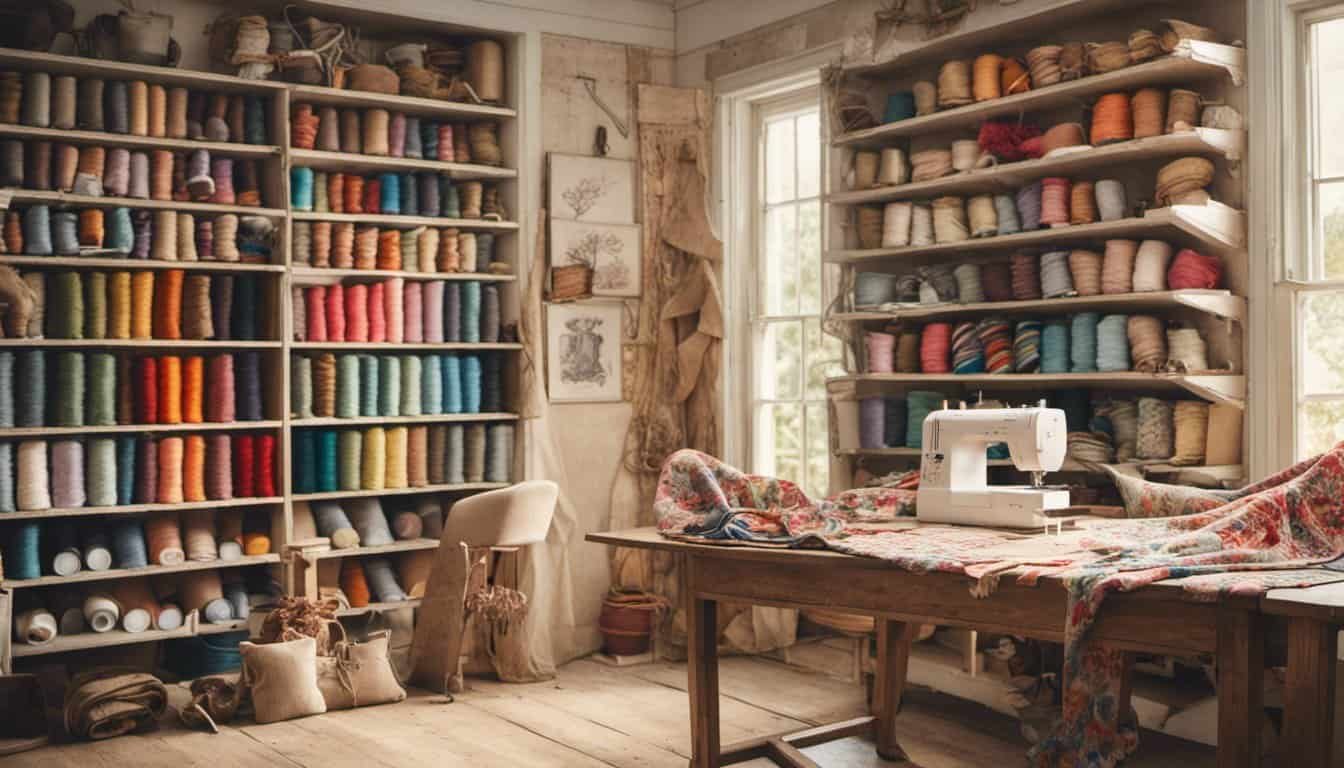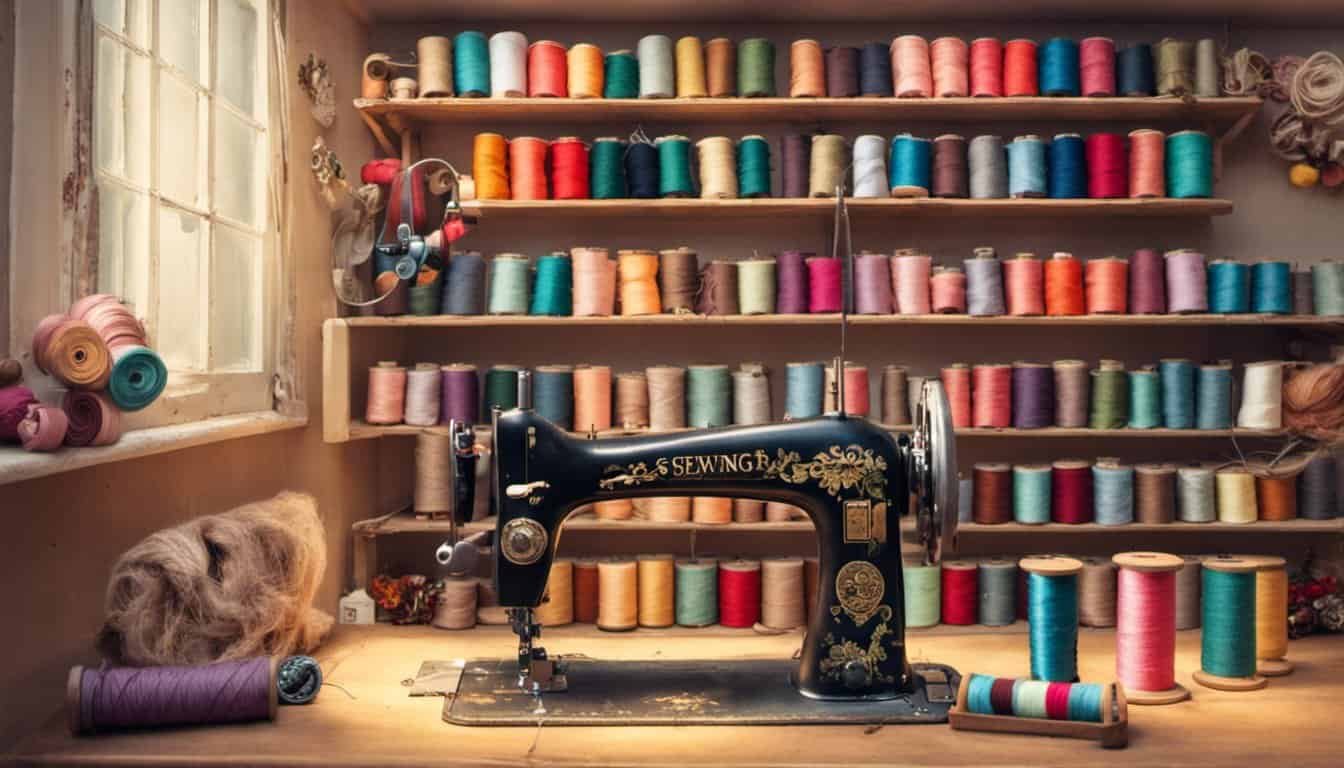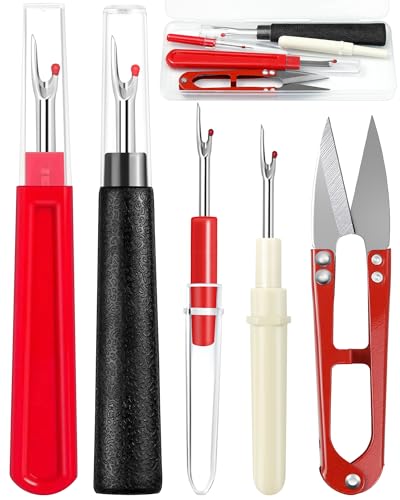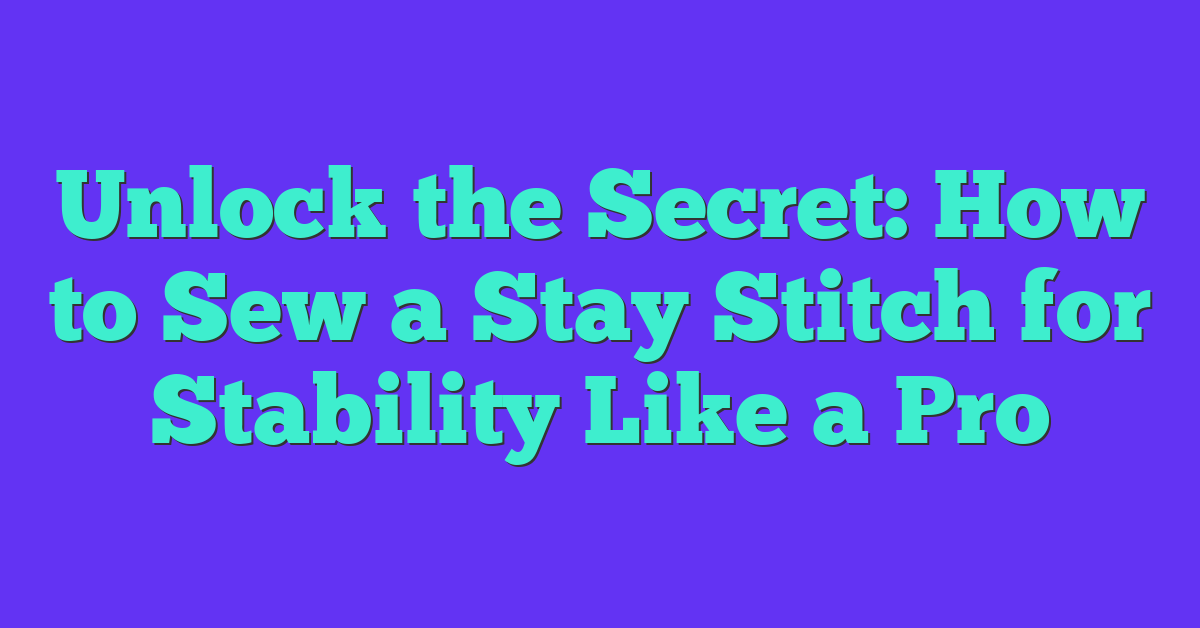Spending hours typing or using a mouse can leave wrists feeling sore and tired. I’ve been there, and that’s why I love the idea of a simple, homemade solution—a fabric wrist rest. It’s not just functional; it’s also a fun way to add a personal touch to your workspace.
You don’t need to be a sewing expert or spend a fortune to make one. With just a few materials and a little creativity, you can craft a wrist rest that’s comfy, stylish, and uniquely yours. Plus, it’s a quick project that’s perfect for beginners or anyone looking for a relaxing DIY.
Benefits Of Using A Fabric Wrist Rest
Using a fabric wrist rest can improve comfort during long hours of typing or mouse use. The soft surface reduces pressure on the wrists, minimizing strain and the risk of repetitive stress injuries like carpal tunnel syndrome.
A fabric wrist rest adds a layer of personalization to a workspace. You can customize the material, color, and design to match existing decor or reflect your style. For example, use vibrant prints for a pop of color or neutral tones for a sleek, professional look.
The reusable and washable nature of fabric makes these wrist rests more sustainable than synthetic alternatives. You can easily clean or even replace the outer fabric, ensuring durability while reducing environmental impact.
These wrist rests offer versatility beyond desk use. They’re lightweight and portable, making them excellent for travel or ergonomic support anywhere you work.
Materials Needed To Make A Fabric Wrist Rest
Creating a fabric wrist rest combines functionality with creativity, and gathering the right materials is a critical step for success. Here’s a breakdown of what you’ll need and tips to choose the best options.
Fabric Selection Tips
Choosing the fabric sets the tone for your wrist rest’s comfort and appearance. I recommend using soft, durable materials like cotton or flannel for the outer layer. Cotton prints add a personal touch, while flannel feels plush against the skin. Avoid fabrics that are too stiff or slippery, such as synthetic blends, as they can reduce comfort and stability.
Look for high-quality, washable fabric for easy maintenance. If you prefer a little more texture, consider quilted fabric or pre-padded options. For added durability, use a lining material like muslin or lightweight interfacing.
Tools And Supplies
To assemble your wrist rest efficiently, have the following items ready:
- Fabric pieces: Two pieces of fabric, each measuring around 8 inches by 4 inches, work well for a standard wrist rest.
- Filler material: Use polyester stuffing, dried rice, buckwheat hulls, or flaxseeds. Dried lavender or chamomile can add a soothing scent.
- Thread: Match your thread color to the fabric or choose a contrasting shade for decorative stitching.
- Needle or sewing machine: A sewing machine speeds up the process, but hand-sewing works if you’re patient.
- Pins or clips: These hold the fabric in place while stitching, ensuring an even finish.
- Measuring tools: Use a ruler or measuring tape for consistent dimensions.
- Scissors or rotary cutter: Ensure clean fabric edges with sharp tools.
- Safety pins or funnel: These help guide filler material into the wrist rest.
With these materials ready, the assembly process becomes straightforward and enjoyable.
Step-By-Step Guide To Making A Fabric Wrist Rest
Creating a fabric wrist rest is simple and enjoyable, even for beginners in sewing. Follow these steps to craft a comfortable, stylish, and functional accessory for your workspace.
Measuring And Cutting The Fabric
Measure the desired size for your wrist rest, considering the area it should cover. A common size is 4 inches wide and 8-10 inches long, but you can adjust it based on your preference.
Cut two identical pieces of fabric that match your measurement, ensuring you leave a ½-inch seam allowance on all sides. For precise cuts, use a rotary cutter and a quilting ruler on a cutting mat.

Preparing The Padding
Choose a filler material like rice, dried beans, or polyester stuffing. If using grains or seeds, ensure they’re dry and free from dust. Calculate the amount needed by estimating the wrist rest’s capacity.
For additional comfort, create an inner lining by cutting a lightweight fabric slightly smaller than the outer pieces to encase the filler material. This creates a smoother finish when assembling.
Assembling The Wrist Rest
Lay the two cut fabric pieces with their right sides facing each other. Pin the edges together securely to avoid slipping while sewing. If adding a lining, place it inside after leaving one edge open during sewing.
Leave an opening of about 1½-2 inches on one of the shorter sides, allowing enough space for turning the fabric and inserting the filler.
Sewing And Finishing Touches
Sew along the pinned edges using a ½-inch seam allowance, starting and ending at the opening. For durability, reinforce the seams by backstitching at the beginning and end. Trim any excess fabric from the corners without cutting the stitches to ensure clean edges when turned.
« How to Make a Fabric Baby Mobile That’s Adorable, Safe, and Perfect for Any Nursery
10 Easy Steps for Sewing a Fabric Makeup Bag with Zipper That Looks Stunning »
Turn the fabric right side out through the opening. Carefully press the fabric with an iron, ensuring it lies flat. Fill the wrist rest evenly with your chosen padding, leaving a small gap at the top to avoid overfilling.
Close the opening with a ladder or whip stitch for a seamless finish. If desired, add decorative elements like embroidery, appliqués, or fabric paint to personalize your wrist rest.
Creative Ideas For Customizing Your Wrist Rest
Adding unique touches to your fabric wrist rest transforms it from a simple tool into a personalized accessory that reflects your style. I prioritize both functionality and aesthetics when customizing, so here are a few creative ideas to make your wrist rest stand out:
1. Embroidery Designs
Decorate the fabric with hand-embroidered patterns. Popular motifs include florals, geometric shapes, or initials. Use contrasting thread colors for better visibility. For beginners, iron-on embroidery patterns simplify the process.
2. Fabric Appliqués
Attach fabric cutouts to create layered designs. Choose complementary fabrics for the appliqué, like felt for a textured appearance or patterned fabric for added interest. Secure them with zigzag stitches to prevent fraying.

3. Decorative Stitching
Incorporate decorative sewing techniques along the seams or edges. A scalloped or blanket stitch enhances both durability and charm. Use metallic or variegated threads to add a subtle shine.
4. Paint or Stencil
Use fabric-safe paints or markers to draw custom designs directly onto the wrist rest. Stencils help maintain clean lines for intricate patterns and are perfect for adding slogans, doodles, or symbols.
5. Buttons and Beads
Sew buttons or beads onto the surface for embellishment. Be mindful to keep them flat and securely attached to avoid discomfort during use. Arrange them in patterns like stars, flowers, or lines.
6. Patchwork Design
Combine fabric scraps to create a colorful patchwork cover. Use a simple sewing pattern, ensuring all pieces align evenly. This method reduces fabric waste while creating a vibrant and unique wrist rest.
7. Quilted Texture
Add padding between layers of fabric and stitch in a quilted pattern. Horizontal, diagonal, or diamond stitching gives the wrist rest a cozy and structured feel, enhancing comfort and style.

8. Personalized Tags
Attach a small fabric label with your name, a motivational message, or a logo. Create the tag by embroidering or using fabric markers, and sew it onto the side or bottom edge.
Exploring these customization methods not only enhances the appearance but also adds a personal touch that makes your wrist rest truly one-of-a-kind.
Care And Maintenance Tips For Your Fabric Wrist Rest
Proper care keeps your fabric wrist rest clean, comfortable, and long-lasting. These easy maintenance steps ensure it stays in great condition.
- Spot Cleaning Stains
If small stains appear, I use a damp cloth with mild soap to gently dab the area. Avoid harsh chemicals, since they can damage the fabric or alter its color.
- Regular Cleaning
For deeper cleaning, I check if the fabric is washable. If it is, I hand wash it in cold water with gentle detergent, then let it air dry. If machine washing is necessary, I use a delicate cycle and place the wrist rest in a laundry bag to protect it.

- Preventing Odors
To keep odors at bay, I ensure the wrist rest dries completely after cleaning. I recommend using odor absorbers like a sachet of baking soda or lavender nearby when not in use.
- Protecting From Wear and Tear
To reduce wear, I rotate my wrist rest occasionally. This prevents one area from excessive use, extending its lifespan.
- Refilling the Filler Material
I check the padding periodically, as the filler may lose density over time. If it feels uneven or flat, I refill it with fresh material, like dried rice or buckwheat hulls, depending on what’s used.
- Avoiding Prolonged Sunlight Exposure
I keep my wrist rest away from direct sunlight for long periods, as UV exposure can fade the fabric’s color or weaken its fibers.
Following these care tips, I ensure my fabric wrist rest remains functional and appealing, keeping my workspace comfortable and stylish.

Conclusion
Making a fabric wrist rest is such a rewarding project. It’s not just about creating something functional but also about adding a personal touch to your workspace. Whether you’re keeping it simple or going all out with custom designs, the result is uniquely yours.
I love how this little accessory combines comfort, style, and sustainability in one. Plus, it’s a great way to reuse materials or explore your creativity. With proper care, your wrist rest will stay fresh and supportive for a long time.
So grab your supplies, let your imagination run wild, and enjoy the process. You’ll end up with something that’s not only practical but also a reflection of your personality. Happy crafting!

















